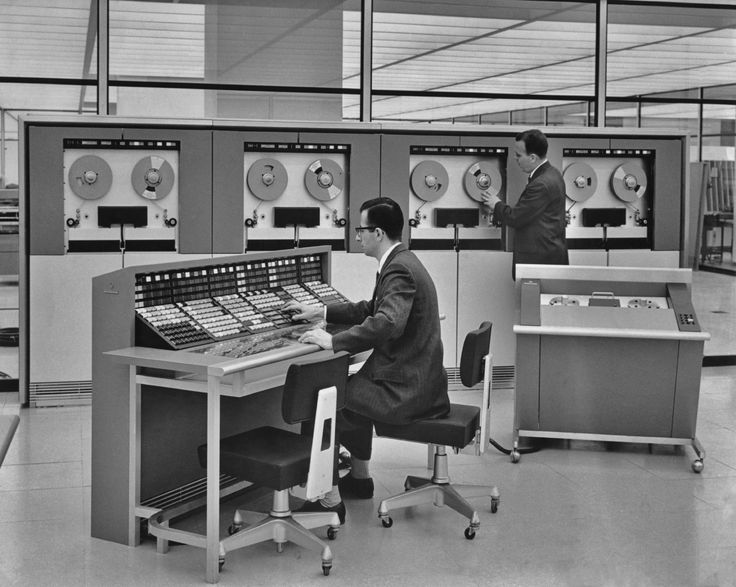Decades ago, a young Bill Gates fought for access to code on a time-shared mainframe. A personal computer didn’t yet exist. Not for a lack of vision. Computing was far too expensive, and had little utility to offer the average family. When Gates graduated from Lakeside School in 1973, ‘personal computers’ were boards you built yourself after buying an Intel 8008 chip, and ran simple programs that you wrote yourself. Only a small (but quickly growing) group of hobbyists were involved in personal computing. The academic and business world fed their calculation needs to consoles with time purchased or reserved on a powerful processing machine.
“There is no reason anyone would want a computer in their home.”
Ken Olsen, founder of DEC, 1977
Perhaps the mistake Ken Olson made was not being more specific. Home computing was still a hobbyist domain. When PC power rose, and modern operating systems began to take form, the rest was history, and the mainframes gathered dust. Today, remote and local servers serve our PCs with fresh data through services and hardware made to run continuously, but they more closely resemble PCs with specifically robust hardware than the mainframes that came before them. At least they did.
With the rise in virtualization, containerization, and powerful distributed server networks from Google, Amazon, and Microsoft, more and more of our computing life is moving to the cloud. The PC is still ubiquitous, but sales of tablets, laptops, and desktops peaked in 2014. Our computing is moving to the cloud.
Virtualization of the Personal Computer
The rise in core-count and GPU power in servers has lowered the bar for even small businesses to virtualize their workstations and move computing to a single server system. A single server can now power over a 100 virtual desktops. These businesses can use cheap hardware known as thin clients to automatically connect users to their virtual hardware. The flexibility allows you to use multiple devices to connect to your ‘personal computer’. Your phone, your personal laptop, a hotel computer: All can fire up your virtual PC.
When you combine the rise of server networks like AWS and Azure, with the rize of PC virtualization, I see an inevitable rise of ‘desktop as a service’. Microsoft is uniquely positioned in this market. Owning the most popular operating system, Windows, and a rapidly growing server network, Azure, there is little in the way to renting your computer. They can even create a beautiful Surface thin client. In the not distant future, $20 a month and a small stick similar to a Chromecast, will connect you to your PC offering limitless hard disk space and a basic level of computing power. Like to play games? It will seem silly to buy a $500 graphics card when you can just spend an extra $15 a month and have graphics power added to your PC with a mouse click. Working on a project that requires intense calculations? Upgrade your computer for only as long as you need it. Amazon lets you rent a 64 core, 256gb RAM, 8 GPU server by the hour. A system that easily costs over $100,000 can be had for a few dollars per hour.
Renting time from a powerful central server? Sounds familiar.
As networks grow and become more reliable, more and more computing moves off-site. We are moving back to the mainframe model, but now it’s a personal mainframe. It isn’t Bell calculating account statements, it’s Google finding people in your photos. It’s Apple playing you music. The Chromebook comes close. The downside is that many people aren’t ready to live entirely on the web. Many need applications installed locally and I don’t see this changing soon. iTunes, Photoshop, video games and more require having a local file system to use. Having a cloud desktop is the answer.
Some of the biggest innovations I see in the next 5 years will be the creation and retooling of protocols and infrastructure to accommodate this change. Hardware manufacturers and vendors will struggle and resist, but we’ve seen this before. You can’t argue with the market trends. Price, ease, and reliability will win. If you would have told me a few years ago that I would love renting Office versus buying perpetual licenses, I wouldn’t believe you. After seeing the ease of management, reliability, and growing features, I’m a believer. Now, I want to rent the rest of my computing as well.





